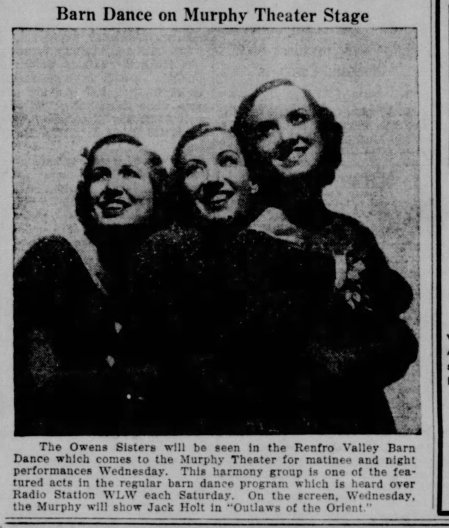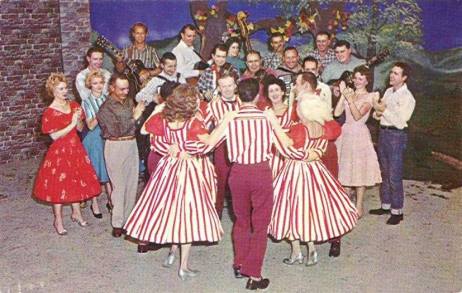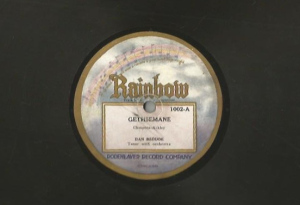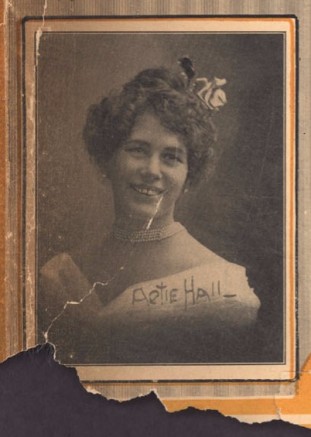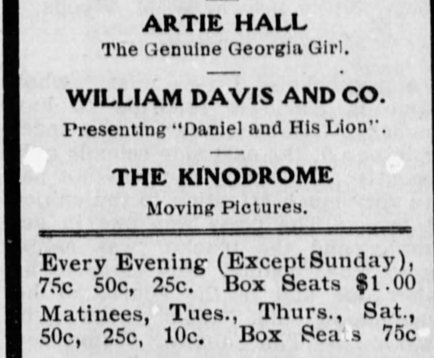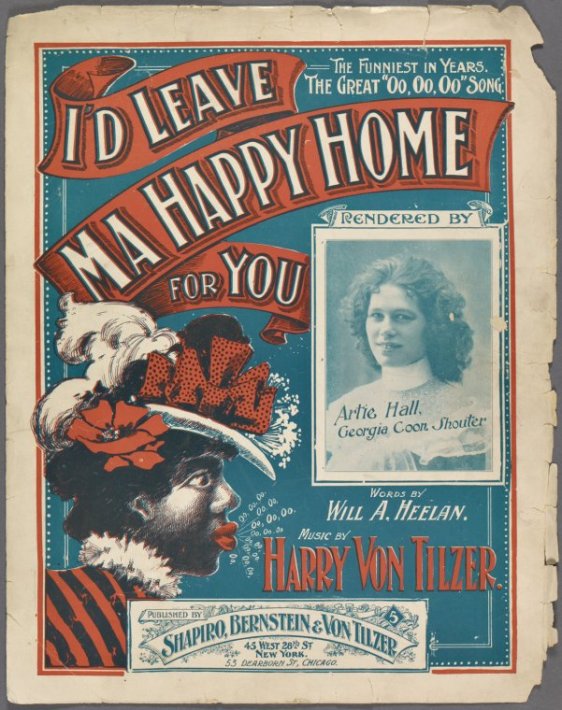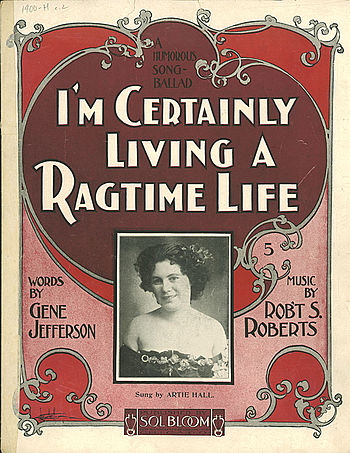When we think of historic live country music and entertainment in the mass media, what immediately comes to mind is the National Barn Dance at WLS in Chicago, the Grand Ole Opry in Nashville and, in a later context, the syndicated television program “Hee Haw.” But from the 1930s to the 1960s there were dozens of broadcasts of this kind across the nation, with a heavy concentration of them in states bordering the Ohio River: Pennsylvania, West Virginia, Ohio, Indiana and Kentucky. Among them was WLW’s “Midwestern Hayride,” the Renfro Valley Barn Dance in Kentucky, and the WWVA Jamboree in Wheeling, West Virginia. Uncle Dave Lewis will provide a broad, regional survey of these types of programs in addition to the local history and will include some short thumbnail sketches devoted to artists involved in these programs.
Program will be held in the Reading Garden Lounge located near the lobby on the first floor of Main Library’s south building.
https://www.facebook.com/events/1596188214004167/
Saturday, June 27, 2015
3:00pm – 5:00pm
-
800 Vine St, Cincinnati, Ohio 45202





